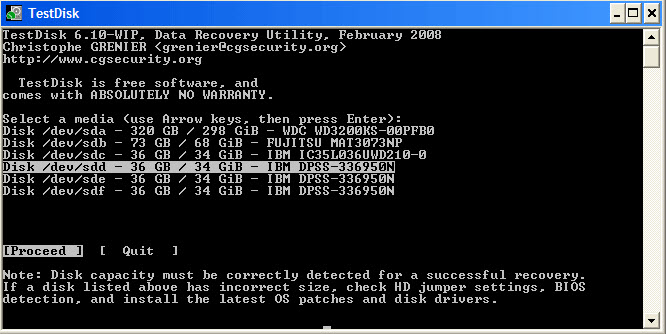

We’ll do this in Windows XP Professional Service Pack 3 Simple Recovery with Testdisk and PhotoRec

Recovery is often done by looking at the raw data on the disk for unreferenced data, then determine the file type and directory structure, rebuild them and save them elsewhere. If the file wasn’t fragmented and the clusters haven’t been reused, you should have a great chance of getting it back. When a file is deleted, the list of disk clusters occupied by the file is erased, marking those sectors available for use by other files created or modified thereafter. We will be looking at Windows (FAT and NTFS) filesystems.ĭeleted files are not removed from the hard drive until the space that they occupy is needed by a new file. In this series we’ll look at some real world examples of disastrous situations salvaged and made better again. SSD’s provide some new challenges due to techniques they use to extend their life expectancy but for the most part are recoverable in the same manner as platter based drives. Also, the fact that CD’s, DVD’s, flash drives, SD cards and USB keys are made to behave like hard drives makes them candidates for recovery using the same tools. However, the effectiveness and ease of use of free tools has increased greatly. I take no responsibility for anything you do based on my examples or the information that I provide here.ĭata recovery from hard drives has not changed much in decades. If you try them yourself, it might cause damage or irreparable loss. Part 2 Recover Deleted files with Testdisk and PhotoRecĭISCLAIMER: These examples use techniques that I actually employ in the real world to deal with real problems.


 0 kommentar(er)
0 kommentar(er)
